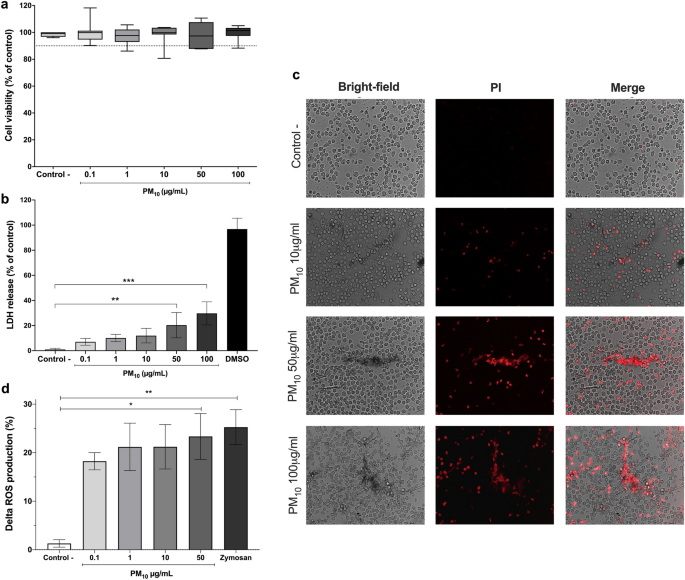Abstract
The World Health Organization (WHO) estimates that the prevalence of Human papillomaviruses (HPV) infection is between 9 and 13 % of the world population and only in the United States (USA), more than 6.2 million are positive every year. There are more than 100 types of HPV, among them, two serotypes (16 and 18) are related to 70% of cervical cancers and pre-cancerous cervical lesions. The vaginal microbiota could play a considerable role in HPV infection and the genesis of cervical tumors caused by HPV. Moreover, bacteria are strongly associated with vaginal inflammation and oncogenic mutations in human cells. We aim to investigate if HPV infection could influence the bacterial microbiota composition in the uterine cervix. A total of 31 women were enrolled in this study. The vaginal swabs had been collected; the HPV-DNA was extracted with QIAamp DNA Microbiome. The V3-V4-V6 region of the 16S rDNA gene was amplified by Polymerase Chain Reaction (PCR) followe d by sequencing with MiSeq Illumina. The main phylum identified in the vaginal microbiota were Firmicutes, Bacteroidetes, Proteobacteria and Actinobacteria. The phylum of Actinobacteria, Proteobacteria and Bacteroides was more represented in HPV positive patients. Lactobacilli represented the dominant genus, with a high percentage of L. iners, L. jensenii and L. crispatus as species. Gardnerella vaginalis, Enterococcus spp., Staphylococcus spp., Proteus spp. and Atopobium were the most represented in HPV positive patients. An altered vaginal microbiota might play a functional role in HPV cervical infection, progression and clearance. The relationship between infection and microbiota could spur the development of new probiotic. However, further studies are needed to clarify the role of the vaginal microbiota in HPV infection.
This article is protected by copyri ght. All rights reserved.

